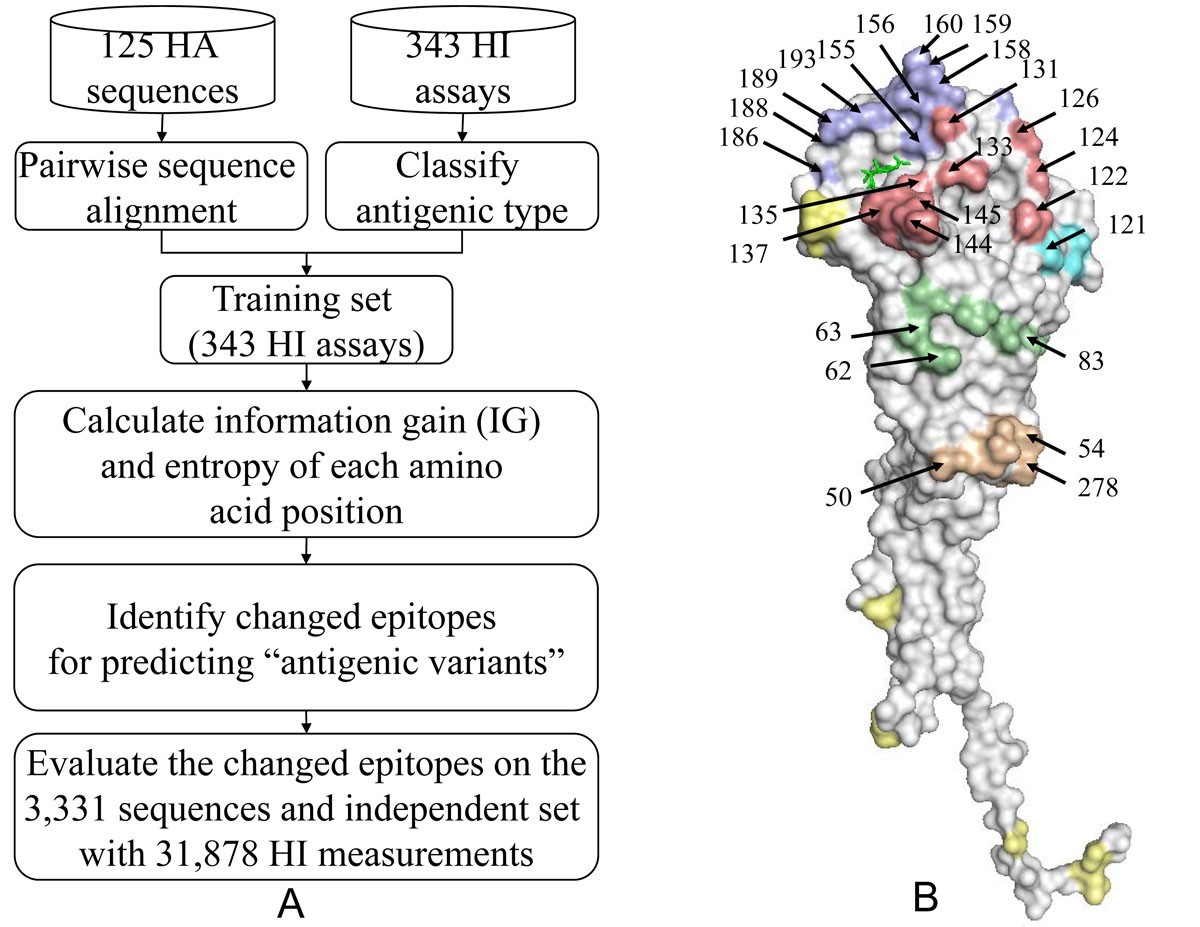

This phenomenon is observed frequently in human influenza viruses, as a result of the selective pressure imposed by the use of vaccines. This could result in viruses that are able to replicate more efficiently and mutants that could be transmitted more easily. The antigenic mutations in the gene codified by the HA protein cause changes in the structure of the glycoprotein, resulting in virus strains that can no longer be neutralized by previous host antibodies. The HA molecule is the most frequently affected by antigenic drift, especially antigenic sites, which are exposed to immunological pressure. Hemagglutinin is one of the most important antigens for inducing protective immunity in the host and shows the greatest variation. Antigenic drift, which is a minor antigenic change, is a gradual change of the genome acquired by point mutations. Two sorts of antigenic variations occur: antigenic drift and antigenic shift ( 11). In other words, changes in proteins of the virus, specially HA and NA would cause variants that are new in the population. Hemagglutinin and Antigenic DiversityĪntigenic variation is a significant feature in influenza viruses and they are notorious for antigenic variation and the accompanying frequent recurrence of epidemics. Neuraminidase is responsible for assisting in virus cell entry and the release and spread of progeny virions ( 8- 10).ġ.1. Hemagglutinin serves as the viral receptor-binding protein and mediates fusion of the virus envelope with the host cell membrane ( 7). These two antigens are the most variable antigens that cause protective immunity. The virus is enveloped and from the surface of the envelope extends the two transmembrane glycoproteins HA and NA ( 6) which are the main targets of the host humoral immune responses. Influenza A viruses are further classified to subtypes based on the antigenic properties of the external glycoproteins Hemagglutinin (HA) and Neuraminidase (NA) ( 5).

The H1N1 viruses are classified within type A. This family includes three genera of influenza viruses named type A, B, and C ( 4). The H1Na viruses belong to the Orthomyxoviridae family that includes RNA viruses with segmented negative-sense single stranded genome. It has been estimated that there were around 50 million human deaths due to infection with the 1918 pandemic virus, and about 575 400 deaths due to the 2009 pandemic ( 2, 3). The world health organization (WHO) has estimated that around 1 billion cases of seasonal influenza infection occur each year with around 3 to 5 million cases of severe illness and 300 000 to 500 000 deaths ( 1). Patients develop acute respiratory disease symptoms with headache, high fever, myalgia, nausea, and malaise. It is a major cause of morbidity and mortality worldwide. Influenza is a highly contagious acute viral disease of the respiratory tract that has caused disease in humans since ancient times. The results of this study can shed further light on better understanding of the antigenic evolution of H1N1 influenza viruses and can be useful for epidemiological studies.Īntigenic Variation Influenza A virus H1N1 Subtype Hemagglutinins Sequence Alignment Phylogeney Point Mutation Computational Biology 1.


 0 kommentar(er)
0 kommentar(er)
